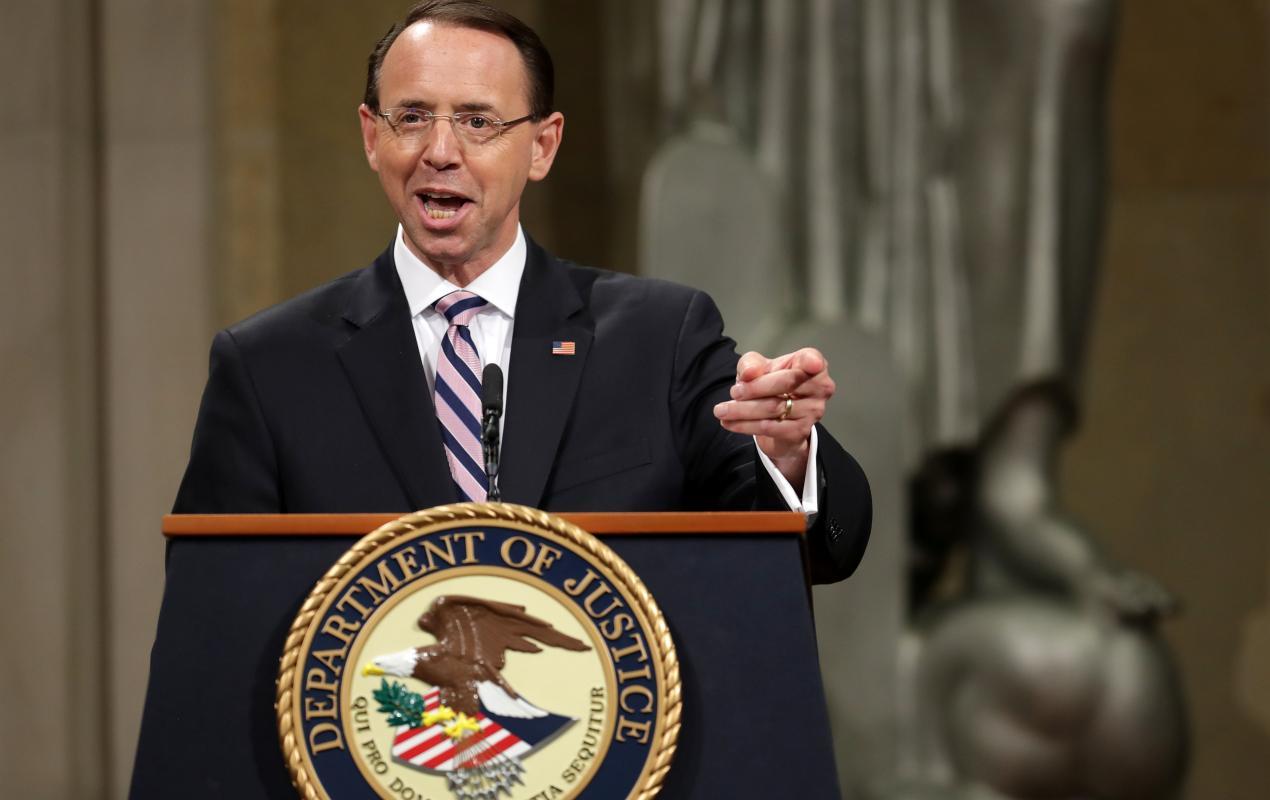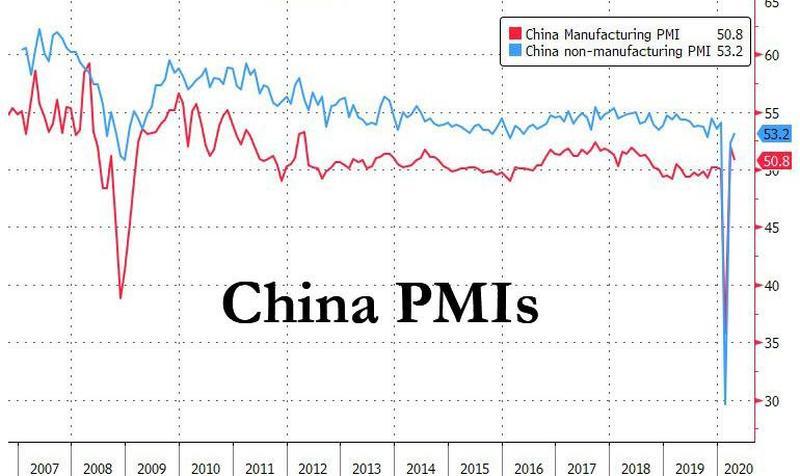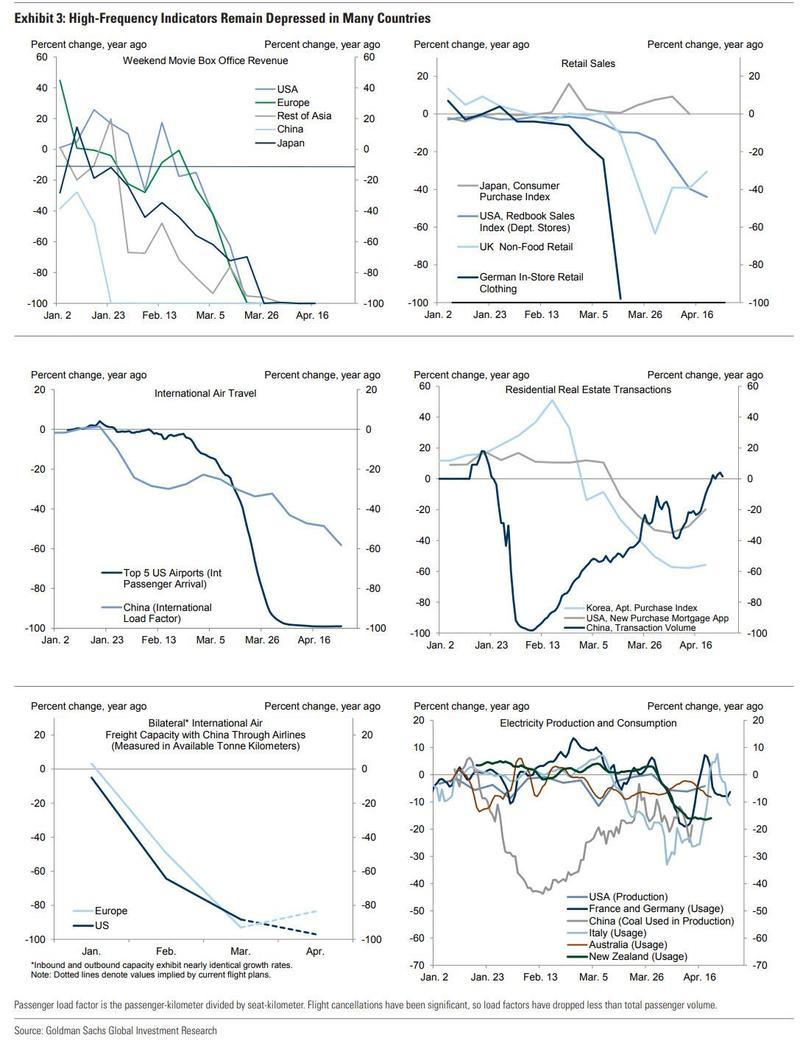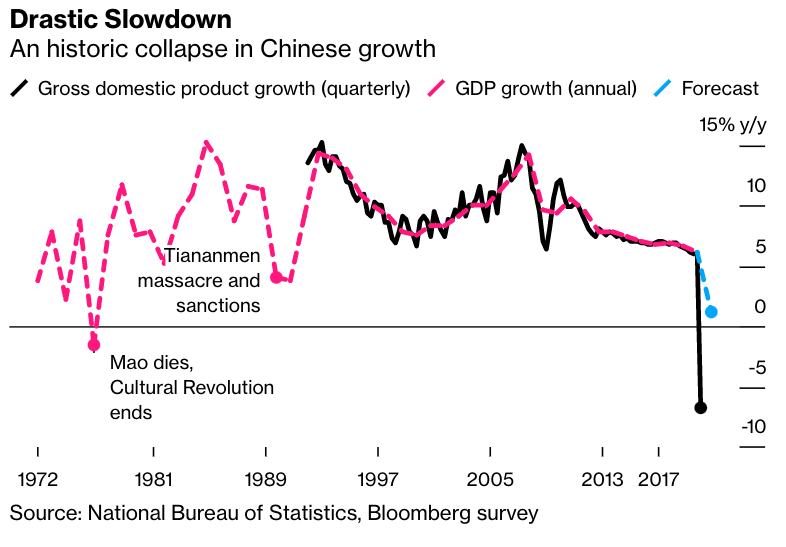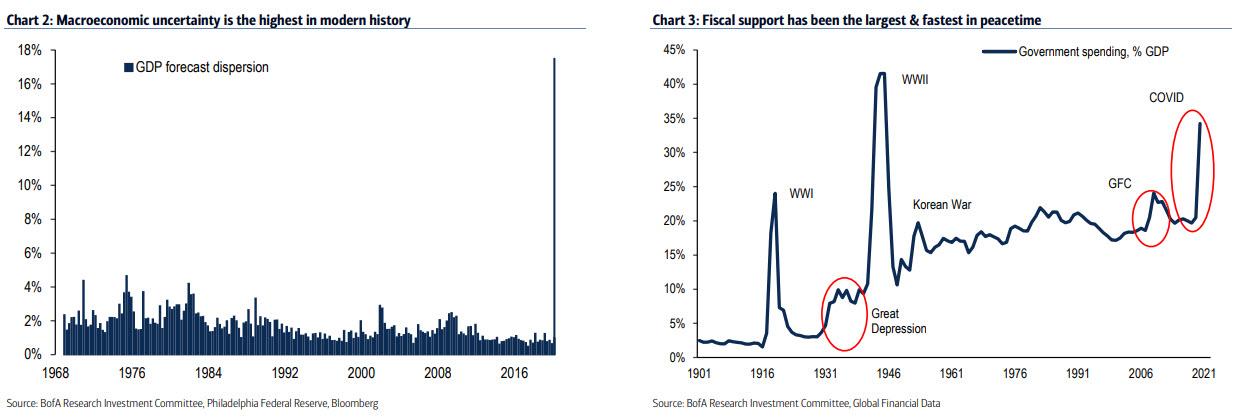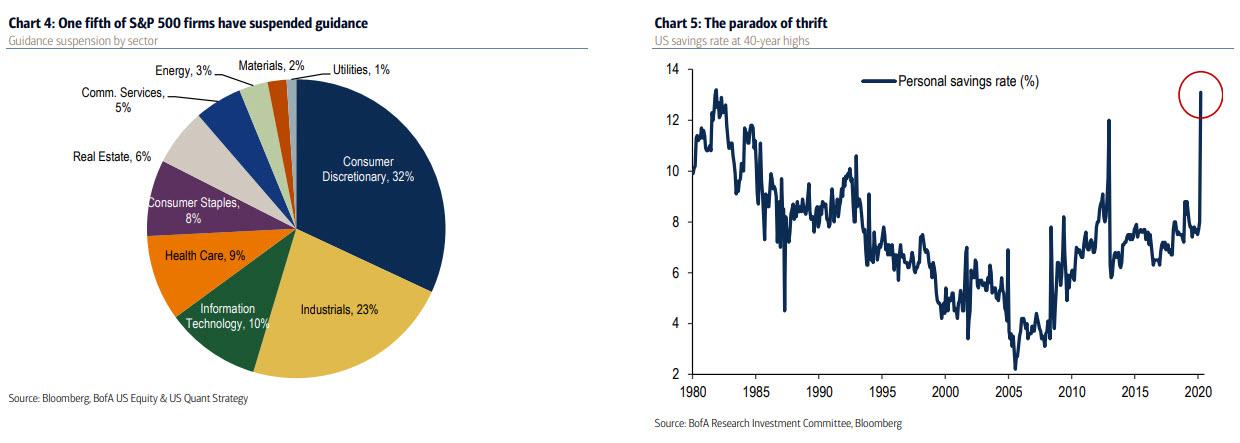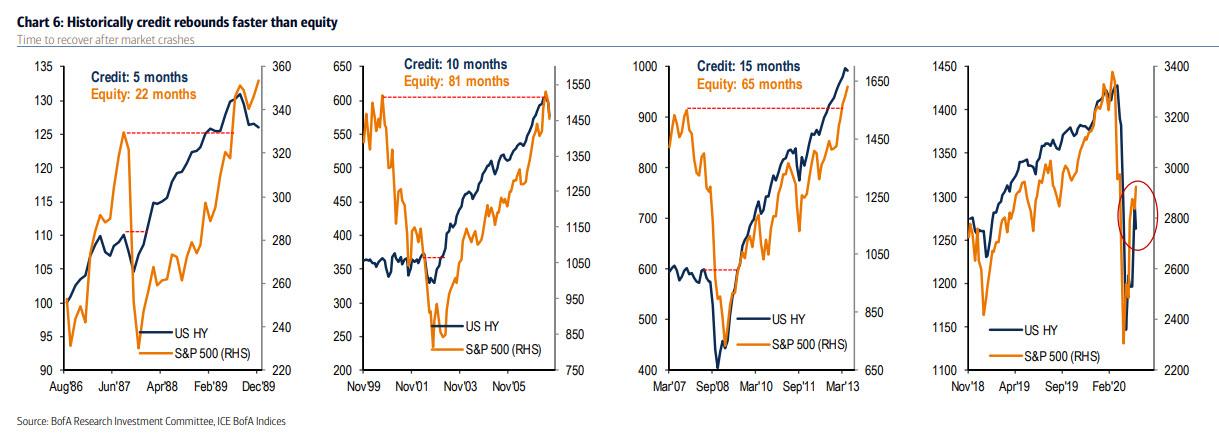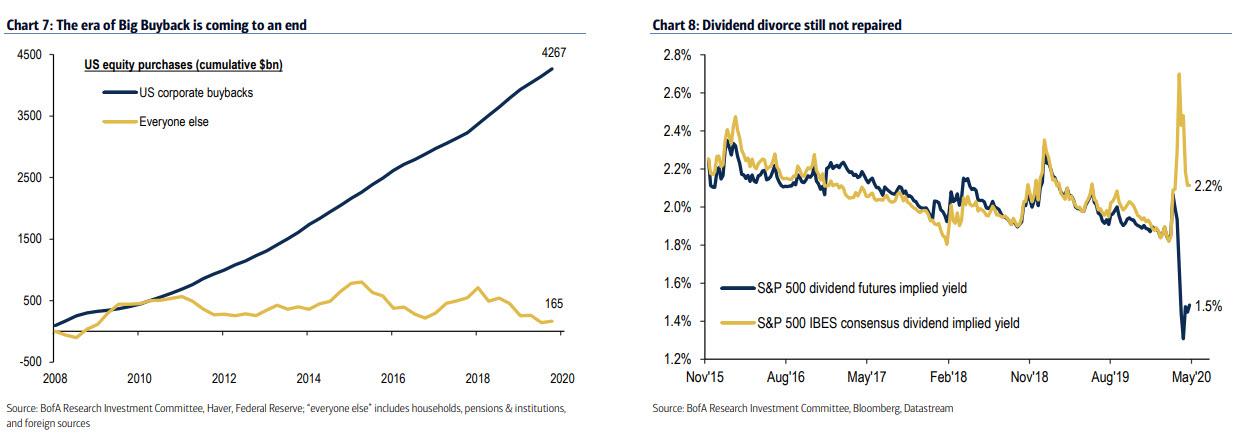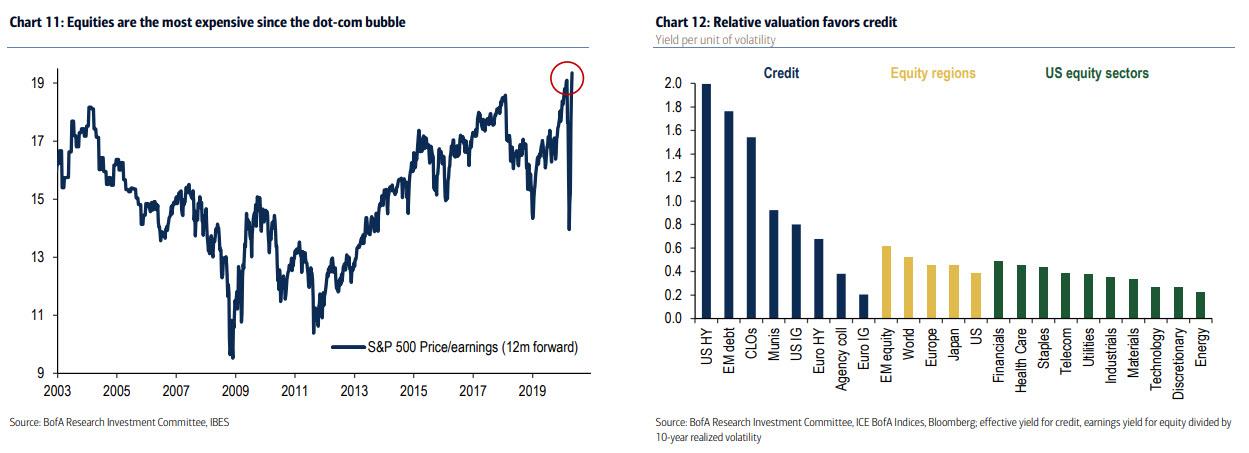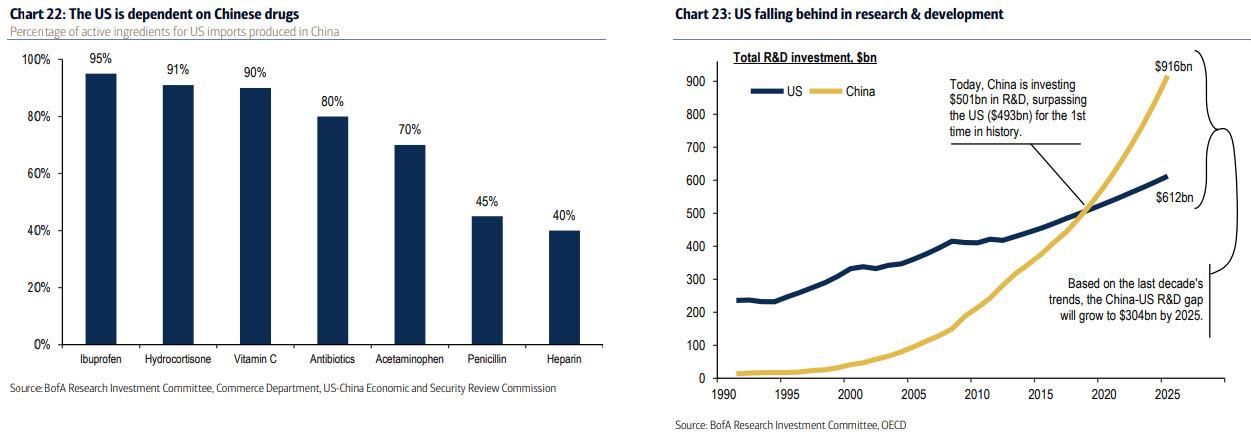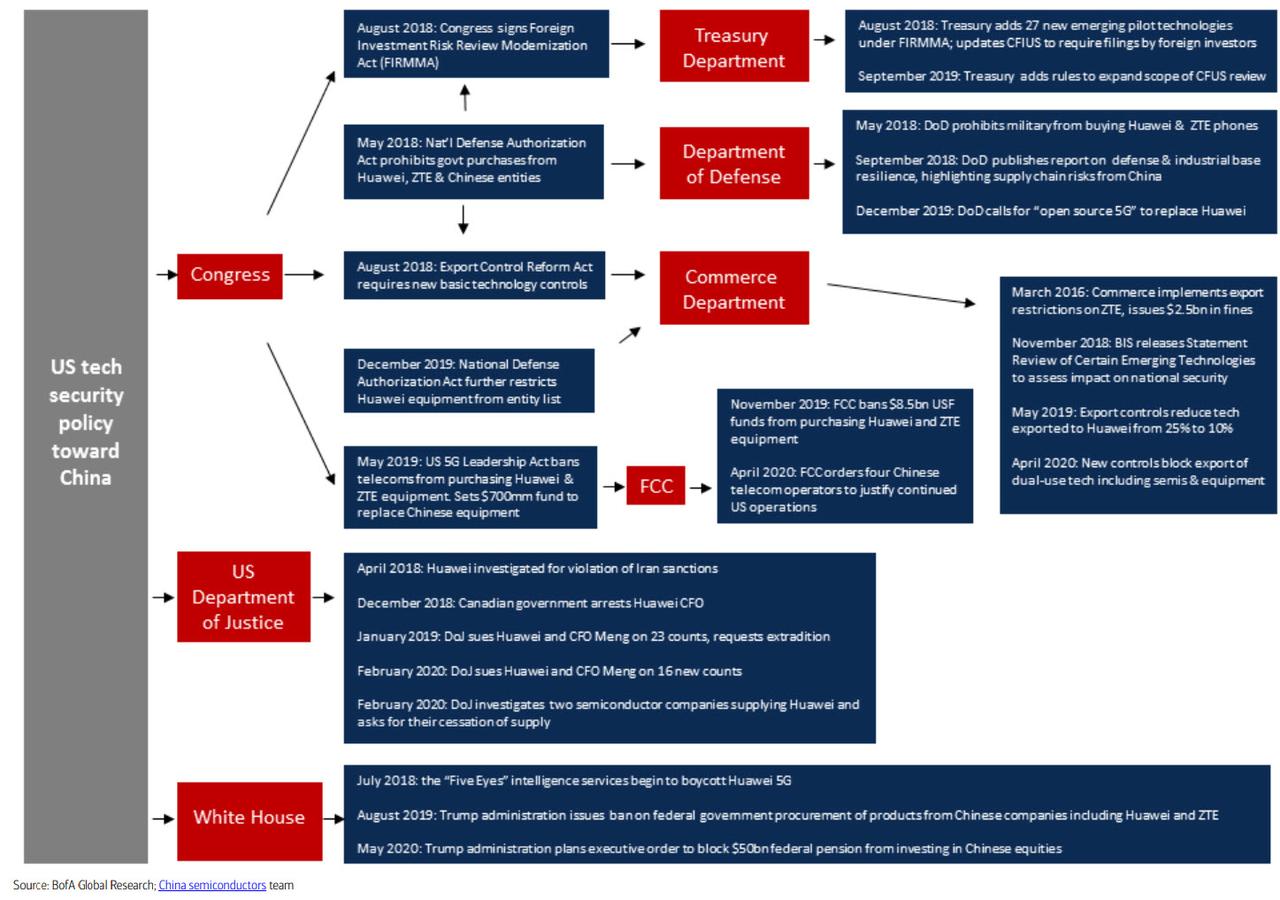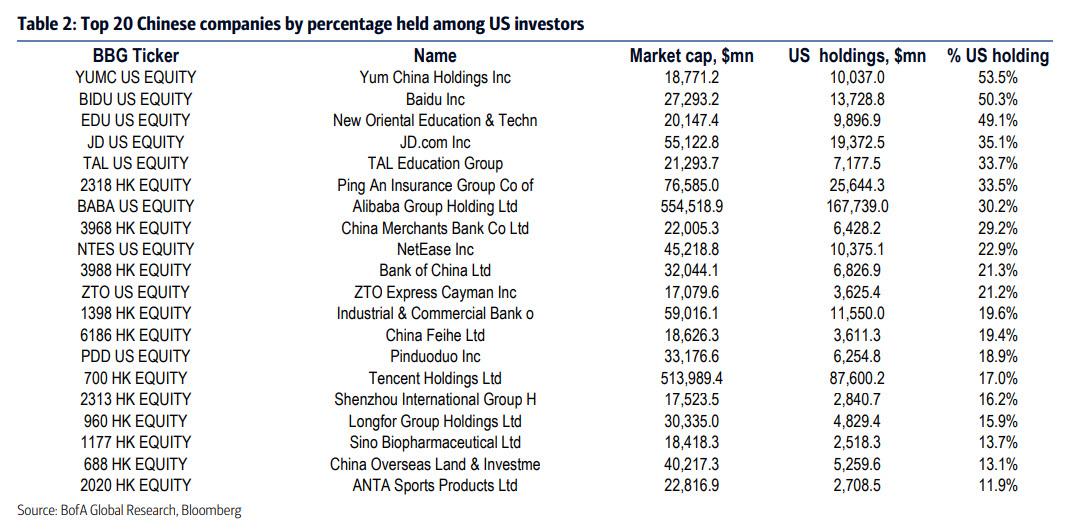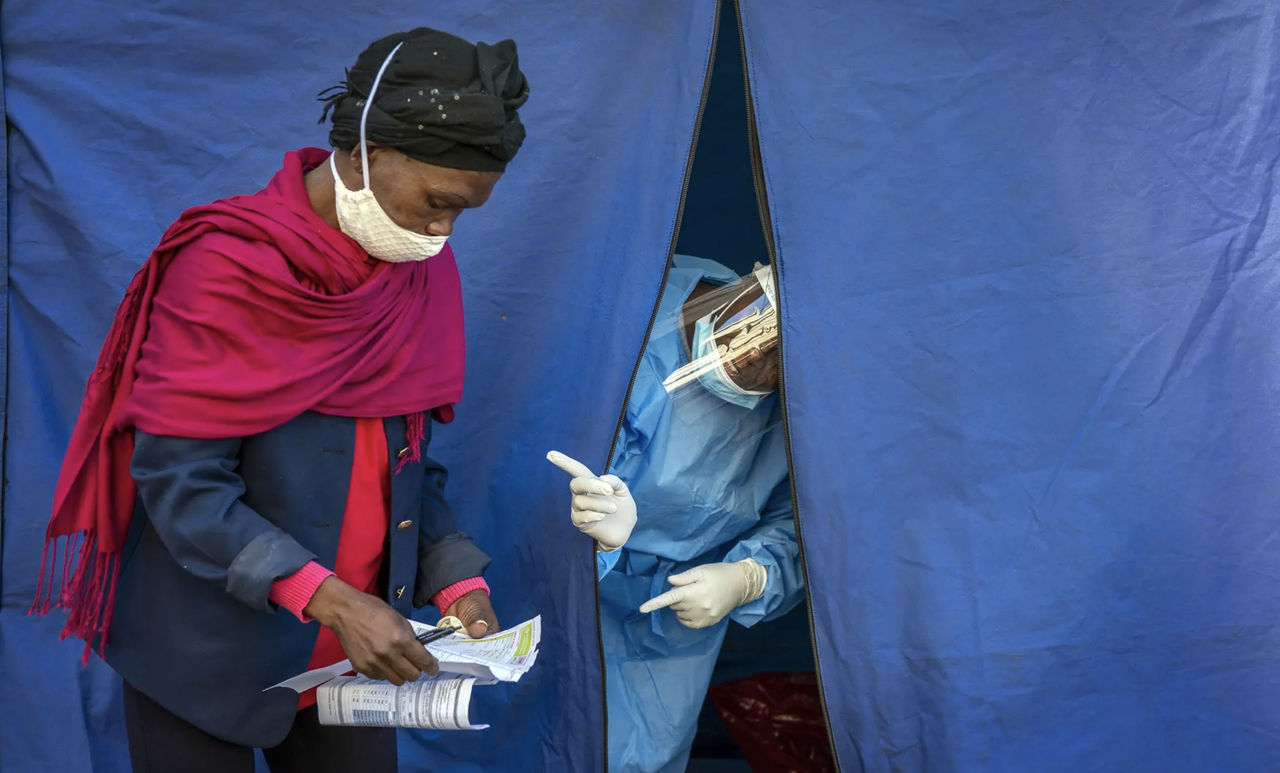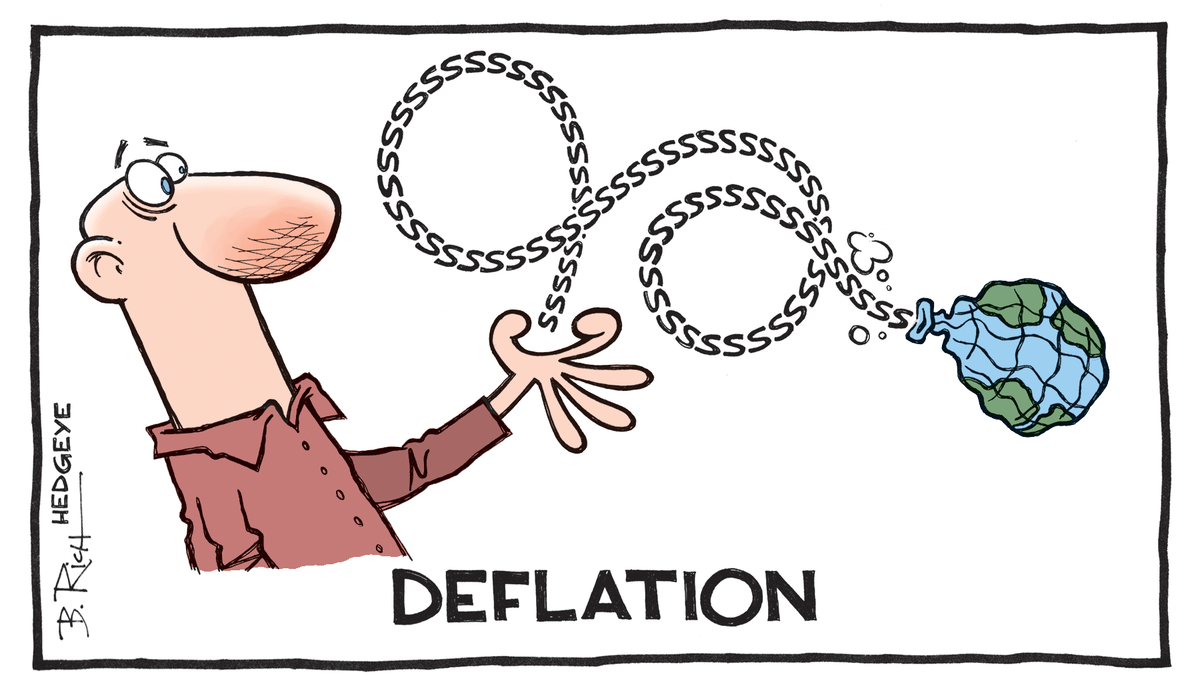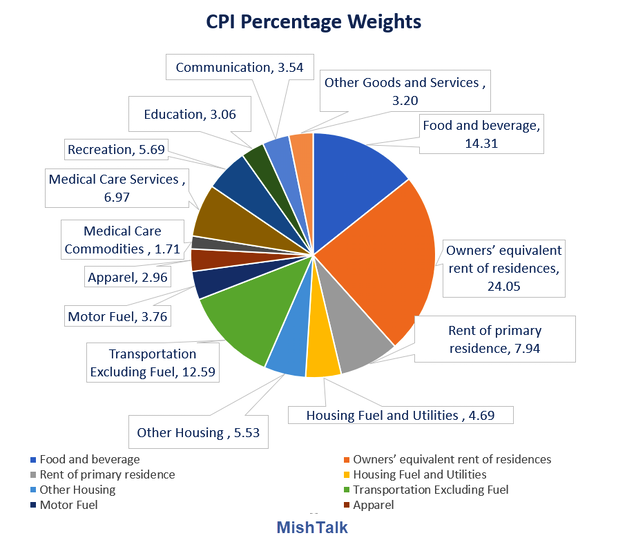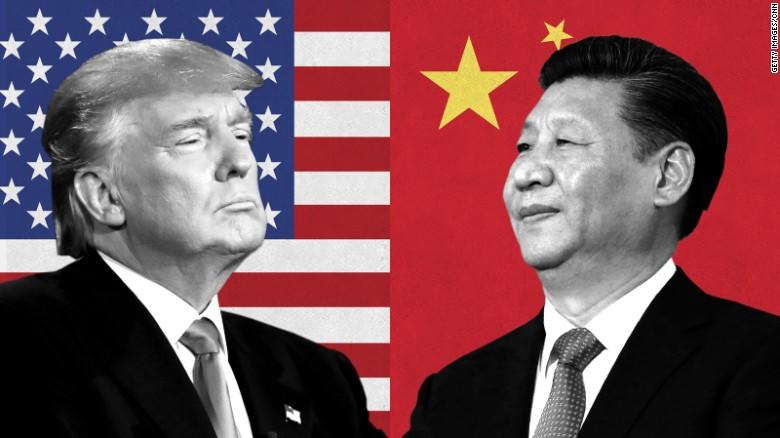The Art Of Survival, Part 1: Taoism & ‘Warring States’
Authored by Charles Hugh Smith via OfTwoMinds blog,
Longtime correspondent Paul B. suggested I re-publish three essays that have renewed relevance. This is the first essay, from June 2008. Thank you, Paul, for the suggestion.
I’m not trying to be difficult, but I can’t help cutting against the grain on topics like surviving the coming bad times when my experience runs counter to the standard received wisdom.
A common thread within most discussions of surviving bad times–especially really bad times–runs more or less like this: stockpile a bunch of canned/dried food and other valuable accoutrements of civilized life (generators, tools, canned goods, firearms, etc.) in a remote area far from urban centers, and then wait out the bad times, all the while protecting your stash with an array of weaponry and technology (night vision binocs, etc.)
Now while I respect and admire the goal, I must respectfully disagree with just about every assumption behind this strategy.
Once again, this isn’t because I enjoy being ornery (please don’t check on that with my wife) but because everything in this strategy runs counter to my own experience in rural, remote settings.
You see, when I was a young teen my family lived in the mountains. To the urban sophisticates who came up as tourists, we were “hicks” (or worse), and to us they were “flatlanders” (derisive snort).
Now the first thing you have to realize is that we know the flatlanders, but they don’t know us.
They come up to their cabin, and since we live here year round, we soon recognize their vehicles and know about how often they come up, what they look like, if they own a boat, how many in their family, and just about everything else which can be learned by simple observation.
The second thing you have to consider is that after school and chores (remember there are lots of kids who are too young to have a legal job, and many older teens with no jobs, which are scarce), boys and girls have a lot of time on their hands.
We’re not taking piano lessons and all that urban busywork. And while there are plenty of pudgy kids spending all afternoon or summer in front of the TV or videogame console, not every kid is like that.
So we’re out riding around. On a scooter or motorcycle if we have one, (and if there’s gasoline, of course), but if not then on bicycles, or we’re hoofing it. Since we have time, and we’re wandering all over this valley or mountain or plain, one way or another, then somebody will spot that trail of dust rising behind your pickup when you go to your remote hideaway. Or we’ll run across the new road or driveway you cut, and wander up to see what’s going on. Not when you’re around, of course, but after you’ve gone back down to wherever you live. There’s plenty of time; since you picked a remote spot, nobody’s around.
Your hideaway isn’t remote to us; this is our valley, mountain, desert, etc., all 20 miles of it, or what have you. We’ve hiked around all the peaks, because there’s no reason not to and we have a lot of energy. Fences and gates are no big deal, (if you triple-padlock your gate, then we’ll just climb over it) and any dirt road, no matter how rough, is just an open invitation to see what’s up there. Remember, if you can drive to your hideaway, so can we. Even a small pickup truck can easily drive right through most gates (don’t ask how, but I can assure you this is true). If nobody’s around, we have all the time in the world to lift up or snip your barbed wire and sneak into your haven. Its remoteness makes it easy for us to poke around and explore without fear of being seen.
What flatlanders think of as remote, we think of as home. If you packed in everything on your back, and there was no road, then you’d have a very small hideaway–more a tent than a cabin. You’d think it was safely hidden, but we’d eventually find it anyway, because we wander all over this area, maybe hunting rabbits, or climbing rocks, or doing a little fishing if there are any creeks or lakes in the area. Or we’d spot the wisp of smoke rising from your fire one crisp morning, or hear your generator, and wonder who’s up there. We don’t need much of a reason to walk miles over rough country, or ride miles on our bikes.
When we were 13, my buddy J.E. and I tied sleeping bags and a few provisions on our bikes–mine was an old 3-speed, his a Schwinn 10-speed–and rode off into the next valley over bone-jarring dirt roads. We didn’t have fancy bikes with shocks, and we certainly didn’t have camp chairs, radios, big ice chests and all the other stuff people think is necessary to go camping; we had some matches, cans of beans and apple sauce and some smashed bread. (It didn’t start out smashed, but the roads were rough. Note: if you ever suffer from constipation, I recommend beans and apple sauce.)
We camped where others had camped before us, not in a campground but just off the road in a pretty little meadow with a ring of fire-blackened rocks and a flat spot among the pine needles. We didn’t have a tent, or air mattress, or any of those luxuries; but we had the smashed bread and the beans, and we made a little fire and ate and then went to sleep under the stars glittering in the dark sky.
There were a few bears in the area, but we weren’t afraid; we didn’t need a gun to feel safe. We weren’t dumb enough to sleep with our food; if some bear wandered by and wanted the smashed bread, he could take it without bothering us. The only animal which could bother us was the human kind, and since few people walk 10 or more miles over rough ground in the heat and dust, then we’d hear their truck or motorbike approaching long before they ever spotted us.
We explored old mines and anything else we spotted, and then we rode home, a long loop over rutted, dusty roads. In summer, we took countless hikes over the mountainous wilderness behind his family cabin.
All of which is to say that the locals will know where your hideaway is because they have lots of time to poke around. Any road, no matter how rough, might as well be lit with neon lights which read, “Come on up and check this out!” If a teen doesn’t spot your road, then somebody will: a county or utility employee out doing his/her job, a hunter, somebody. As I said, the only slim chance you have of being undetected is if you hump every item in your stash on your pack through trailess, roadless wilderness. But if you ever start a fire, or make much noise, then you’re sending a beacon somebody will eventually notice.
The Taoists developed their philosophy during an extended era of turmoil known as the Warring States period of Chinese history. One of their main principles runs something like this: if you’re tall and stout and strong, then you’ll call attention to yourself. And because you’re rigid–that is, what looks like strength at first glance–then when the wind rises, it snaps you right in half.
If you’re thin and ordinary and flexible, like a willow reed, then you’ll bend in the wind, and nobody will notice you. You’ll survive while the “strong” will be broken, either by unwanted attention or by being brittle.
Another thing to ponder is that the human animal is a much better predator than it is an elusive prey. Goats and wild turkeys and other animals have very keen senses of smell and hearing, and it’s tough to get close without them smelling you or hearing you. They’re well camouflaged, and since human sight is selected to detect movement and color, if they stay quite still we have a hard time spotting them.
In comparison, the human is a clumsy prey. It can’t smell or hear very well, and it’s large and not well camouflaged. Plus it’s usually distracted and unaware of its surroundings. It doesn’t take much to kill a human, either; a single-shot rifle and a single round of .22-long is plenty enough.
If the chips are down, and push comes to shove, then what we’re discussing is a sort of war, isn’t it? And if we’re talking about war, then we should think about the principles laid down in The Art Of War by Sun Tzu quite some time ago.
The flatlander protecting his valuable depot is on the defensive, and anyone seeking to take it away (by negotiation, threat or force) is on the offensive. The defense can select the site for proximity to water, clear fields of fire, or what have you, but one or two defenders have numerous disadvantages. Perhaps most importantly, they need to sleep. Secondly, just about anyone who’s plinked cans with a rifle and who’s done a little hunting can sneak up and put away an unwary human. Unless you remain in an underground bunker 24/7, at some point you’ll be vulnerable. And that’s really not much of a life–especially when your food supplies finally run out, which they eventually will. Or you run out of water, or your sewage system overflows, or some other situation requires you to emerge.
So let’s line it all up. Isn’t a flatlander who piles up a high-value stash in a remote area with no neighbors within earshot or line of sight kind of like a big, tall brittle tree? All those chains and locks and barbed-wire fencing and bolted doors just shout out that the flatlander has something valuable inside that cabin/bunker/RV etc.
Now if he doesn’t know any better, then the flatlander reckons his stash is safe. But what he’s not realizing if that we know about his stash and his vehicle and whatever else can be observed. If some locals want that stash, then they’ll wait for the flatlander to leave and then they’ll tow the RV off or break into the cabin, or if it’s small enough, disassemble it and haul it clean off. There’s plenty of time, and nobody’s around. That’s pretty much the ideal setting for leisurely thieving: a high-value stash of goodies in a remote area accessible by road is just about perfect.
Let’s say things have gotten bad, and the flatlander is burrowed into his cabin. Eventually some locals will come up to visit; in a truck if there’s gas, on foot if there isn’t. We won’t be armed; we’re not interested in taking the flatlander’s life or goodies. We just want to know what kind of person he is. So maybe we’ll ask to borrow his generator for a town dance, or tell him about the church food drive, or maybe ask if he’s seen so-and-so around.
Now what’s the flatlander going to do when several unarmed men approach? Gun them down? Once he’s faced with regular unarmed guys, he can’t very well conclude they’re a threat and warn them off. But if he does, then we’ll know he’s just another selfish flatlander. He won’t get any help later when he needs it; or it will be minimal and grudging. He just counted himself out.
Suppose some bad guys hear about the flatlander’s hideaway and stash. All it takes to stalk any prey is patience and observation; and no matter how heavily armed the flatlander is, he’ll become vulnerable at some point to a long-range shot. (Even body armor can’t stop a headshot or a hit to the femoral artery in the thigh.) Maybe he stays indoors for 6 days, or even 60. But at some point the windmill breaks or the dog needs walking or what have you, and he emerges–and then he’s vulnerable. The more visible and stringent the security, the more he’s advertising the high value of his depot.
And of course guarding a high-value stash alone is problematic for the simple reason that humans need to sleep.
So creating a high-value horde in a remote setting is looking like just about the worst possible strategy in the sense that the flatlander has provided a huge incentive to theft/robbery and also provided a setting advantageous to the thief or hunter.
If someone were to ask this “hick” for a less risky survival strategy, I would suggest moving into town and start showing a little generosity rather than a lot of hoarding. If not in town, then on the edge of town, where you can be seen and heard.
I’d suggest attending church, if you’ve a mind to, even if your faith isn’t as strong as others. Or join the Lions Club, Kiwanis or Rotary International, if you can get an invitation. I’d volunteer to help with the pancake breakfast fundraiser, and buy a couple tickets to other fundraisers in town. I’d mow the old lady’s lawn next door for free, and pony up a dollar if the elderly gentleman in line ahead of me at the grocery store finds himself a dollar light on his purchase.
If I had a parcel outside town that was suitable for an orchard or other crop, I’d plant it, and spend plenty of time in the local hardware store and farm supply, asking questions and spreading a little money around the local merchants. I’d invite my neighbors into my little plain house so they could see I don’t own diddly-squat except some second-hand furniture and an old TV. And I’d leave my door open so anyone could see for themselves I’ve got very little worth taking.
I’d have my tools, of course; but they’re scattered around and old and battered by use; they’re not shiny and new and expensive-looking, and they’re not stored all nice and clean in a box some thief could lift. They’re hung on old nails, or in the closet, and in the shed; a thief would have to spend a lot of time searching the entire place, and with my neighbors looking out for me, the thief is short of the most important advantage he has, which is time.
If somebody’s desperate enough or dumb enough to steal my old handsaw, I’ll buy another old one at a local swap meet. (Since I own three anyway, it’s unlikely anyone would steal all three because they’re not kept together.)
My valuable things, like the water filter, are kept hidden amidst all the low-value junk I keep around to send the message there’s nothing worth looking at. The safest things to own are those which are visibly low-value, surrounded by lots of other mostly worthless stuff.
I’d claim a spot in the community garden, or hire a neighbor to till up my back yard, and I’d plant chard and beans and whatever else my neighbors suggested grew well locally. I’d give away most of what I grew, or barter it, or maybe sell some at the farmer’s market. It wouldn’t matter how little I had to sell, or how much I sold; what mattered was meeting other like-minded souls and swapping tips and edibles.
If I didn’t have a practical skill, I’d devote myself to learning one. If anyone asked me, I’d suggest saw sharpening and beer-making. You’re legally entitled to make quite a bit of beer for yourself, and a decent homebrew is always welcome by those who drink beer. It’s tricky, and your first batches may blow up or go flat, but when you finally get a good batch you’ll be very popular and well-appreciated if you’re of the mind to share.
Saw-sharpening just takes patience and a simple jig; you don’t need to learn a lot, like a craftsman, but you’ll have a skill you can swap with craftsmen/women. As a carpenter, I need sharp saws, and while I can do it myself, I find it tedious and would rather rebuild your front porch handrail or a chicken coop in exchange for the saw-sharpening.
Pickles are always welcome in winter, or when rations get boring; the Germans and Japanese of old lived on black bread or brown rice and pickled vegetables, with an occasional piece of dried meat or fish. Learning how to pickle is a useful and easy-to-learn craft. There are many others. If you’re a techie, then volunteer to keep the network up at the local school; do it for free, and do a good job. Show you care.
Because the best protection isn’t owning 30 guns; it’s having 30 people who care about you. Since those 30 have other people who care about them, you actually have 300 people who are looking out for each other, including you. The second best protection isn’t a big stash of stuff others want to steal; it’s sharing what you have and owning little of value. That’s being flexible, and common, the very opposite of creating a big fat highly visible, high-value target and trying to defend it yourself in a remote setting.
I know this runs counter to just about everything that’s being recommended by others, but if you’re a “hick” like me, then you know it rings true. The flatlanders are scared because they’re alone and isolated; we’re not scared. We’ve endured bad times before, and we don’t need much to get by. We’re not saints, but we will reciprocate to those who extend their good spirit and generosity to the community in which they live and in which they produce something of value.
This essay was drawn from my book Survival+: Structuring Prosperity for Yourself and the Nation.
From The Way of Chuang Tzu by Thomas Merton:
For security against robbers who snatch purses, rifle luggage, and crack safes,
One must fasten all property with ropes, lock it up with locks, bolt it with bolts.
This (for property owners) is elementary good sense.
But when a strong thief comes along he picks up the whole lot,
Puts it on his back, and goes on his way with only one fear:
That ropes, locks, and bolts may give way.
Thus what the world calls good business is only a way
To gather up the loot, pack it, make it secure
In one convenient load for the more enterprising thieves.
Who is there, among those called smart,
Who does not spend his time amassing loot
For a bigger robber than himself?
* * *
My recent books:
Will You Be Richer or Poorer?: Profit, Power, and AI in a Traumatized World ($13)
(Kindle $6.95, print $11.95) Read the first section for free (PDF).
Pathfinding our Destiny: Preventing the Final Fall of Our Democratic Republic ($6.95 (Kindle), $12 (print), $13.08 ( audiobook): Read the first section for free (PDF).
The Adventures of the Consulting Philosopher: The Disappearance of Drake $1.29 (Kindle), $8.95 (print); read the first chapters for free (PDF)
Money and Work Unchained $6.95 (Kindle), $15 (print) Read the first section for free (PDF).
* * *
If you found value in this content, please join me in seeking solutions by becoming a $1/month patron of my work via patreon.com.
Tyler Durden
Wed, 05/06/2020 – 21:45
via ZeroHedge News https://ift.tt/2W86Tnb Tyler Durden





